From the West Hartford Archives: A Long Line of Restaurants at 980 Farmington Avenue

Audio By Carbonatix
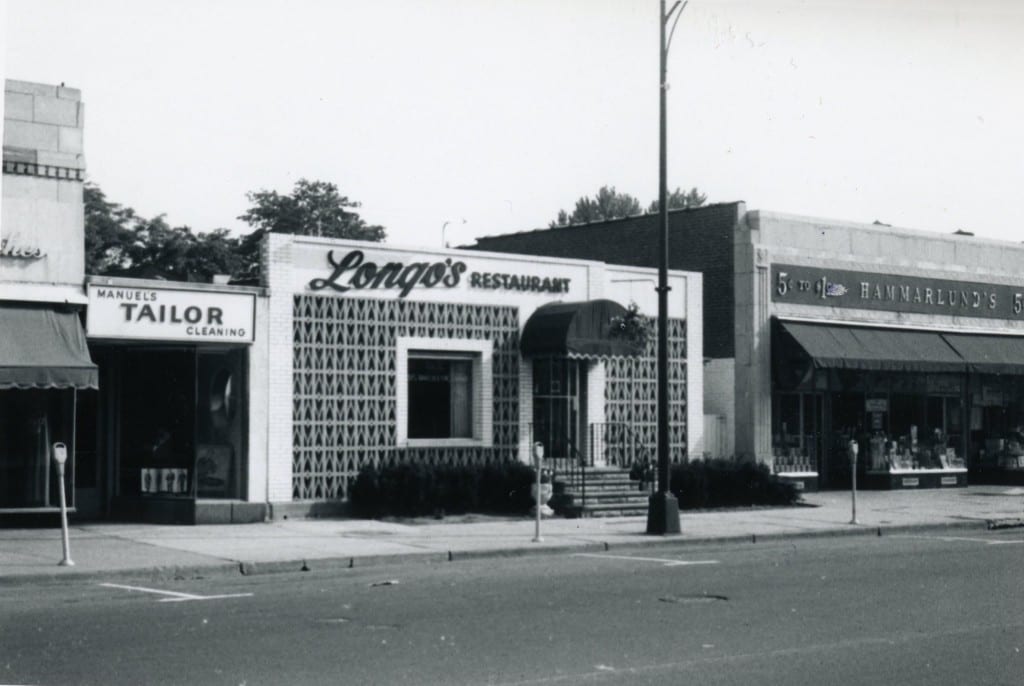
Longo's at 980 Farmington Avenue in 1966. Photo courtesy of Noah Webster House & West Hartford Historical Society
Historian Jeff Murray takes a look into West Hartford’s past to uncover some surprising information, stir up some memories, or reflect on how much life has changed – or hasn’t changed at all. Enjoy this week’s ‘From West Hartford’s Archives’ …
By Jeff Murray
This photograph of Longo’s Restaurant at 980 Farmington Avenue was taken in 1966.
Before West Hartford Center was truly commercialized, the north side of Farmington Avenue had a row of cottages, all built between the 1870s and 1890s. The house on this site was removed in 1928 and the West Hartford Diner was put up in its place in a small building set back from the street line. Opened in 1929, it was developed by William Heimovitch, who had opened the Central Theater not too far east a few years prior. It was later managed by Charles Kilby, president of his own contracting company. It would also be Kilby’s company that would do some of the building across the street when the swampy south side of Farmington Avenue was replaced by concrete and brick.
With the development in the Center roaring by 1930, the diner capitalized on the demand for parking and offered slots in the rear for patrons of the movie theater. The diner was also a stepping stone for entrepreneurs as well – in 1932, Bud Ellis, the short order cook at the diner, leased a spot in Bishop’s Corner and opened his Bud’s Tavern. To give an idea of the food offered in the early 1930s, a special night offered club steak with mushroom sauce, au gratin potatoes, stuffed tomatoes, and a choice of dessert beer or coffee for 65 cents.
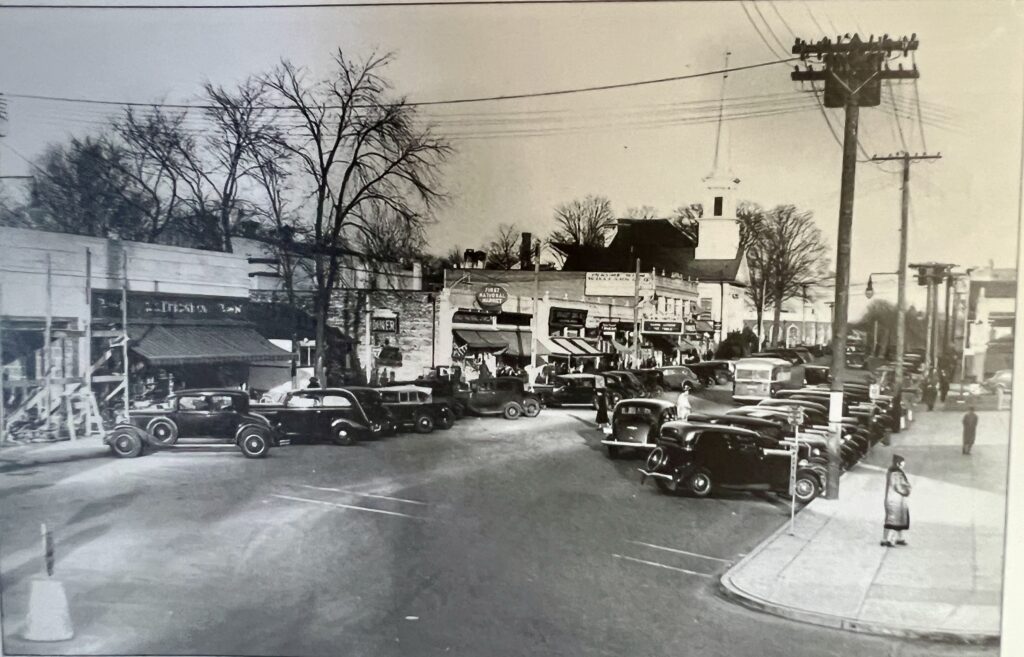
The West Hartford Diner, at 980 Farmington Avenue, is pictured in the middle of this block in a photograph from the 1930s. Courtesy of Noah Webster House & West Hartford Historical Society
In 1933, despite the effects of the Great Depression, business was good enough to build a veranda on the diner, a new metal roof, and alter the interior. Automobiles were a given by the 1930s and the trolley was fading. In 1934, the tracks in front of the diner were ripped up by the trolley company. Not long after, a new storefront for S. S. Kresge was built to the west after the duplex, a tavern in the 1800s, was torn down.
The West Hartford Center of old was being slowly whittled away. By 1936, another addition was built onto the diner. In fact, it’s hard to imagine but the current Treva Restaurant on the site still has the original diner – it has just been built over so many times.
The first artesian well in the Center was drilled in the back of the diner property the following summer, 500 feet deep. It supplied 60 gallons of water per minute for air conditioning. The other two artesian wells in West Hartford were at A. C. Petersen’s and the Highland Dairy.
The 1940s featured plenty of entertainments: the West Hartford Diner sponsored a softball league; hosted bicycle races along Farmington Avenue; lectures and meetings by the Chamber of Commerce; and later, the serving of alcohol. There were car fires, robberies, and unsuspecting victims of hit-and-runs heading out onto the road.
By 1945, the diner was under new management and underwent a huge remodel with booths that are much more similar to how we think of diners today. It was advertised as West Hartford’s newest cocktail bar and restaurant, which was open Saturday nights until 2:30 in the morning. I’m sure the people coming to the Center would definitely be in need of it, as they were just six months away from the end of World War II. It is obvious how different the culture was in 1945 compared to when it opened only 15 years prior. It seemed like it was originally a pitstop for rural travelers and farm families and quickly became a destination for moviegoers and late-night schmoozing. This continued through the 1950s.
However, there is a notable change by 1961. Republican Councilman Frank Patrissi noted that West Hartford’s Sunday dry laws were driving away diners. Voters in 1958 had rejected the reinstatement of alcohol sales on Sunday, led by the town’s Protestant and Jewish clergymen.
The West Hartford Club Car, formerly the West Hartford Diner & Restaurant, only lasted for a few more years in its old form. In the fall of 1963, their liquor permit was revoked by the State Liquor Control Commission for “financial irresponsibility.”
The following January, Longo’s Italian Restaurant was born. Chef Tony DeSanto whipped up veal scallopini, chicken cacciatore, and baked stuffed shrimp. Dinners in 1965 were $3.35 for a combo plate. It lasted only for a few years.
Carlo and Rosa Pilatti bought Longo’s and converted it to the Edelweiss in the spring of 1968. Carlo had been a chef in his home country of Switzerland and had run the kitchens at the Yankee Pedlar Inn and at Valle’s Steak House here. Swiss chefs in this area were quite rare, combining traditions from French and German cuisine. A commentary in 1971 describes the dish Emince Zurichoise as strips of veal sauteed in butter, served with a brown sauce, heavy cream, and mushrooms. For the less daring, a Pastrami sandwich was also on the menu.
While Carlo worked as the chef, Rosa ran the front of the restaurant. In 1974, Carlo sold the restaurant to Helmut Goetz, his sous, and his wife Inge. Born in Germany, Helmut had come to New York in 1964. The couple had extensive experience in restaurants in the U.S. and Europe. For the next 25 years, Edelweiss built on the Pilatti beginnings and cemented its place in West Hartford restaurant history. Thousands of people have unique stories of this restaurant. One day, perhaps it can all be collected together.
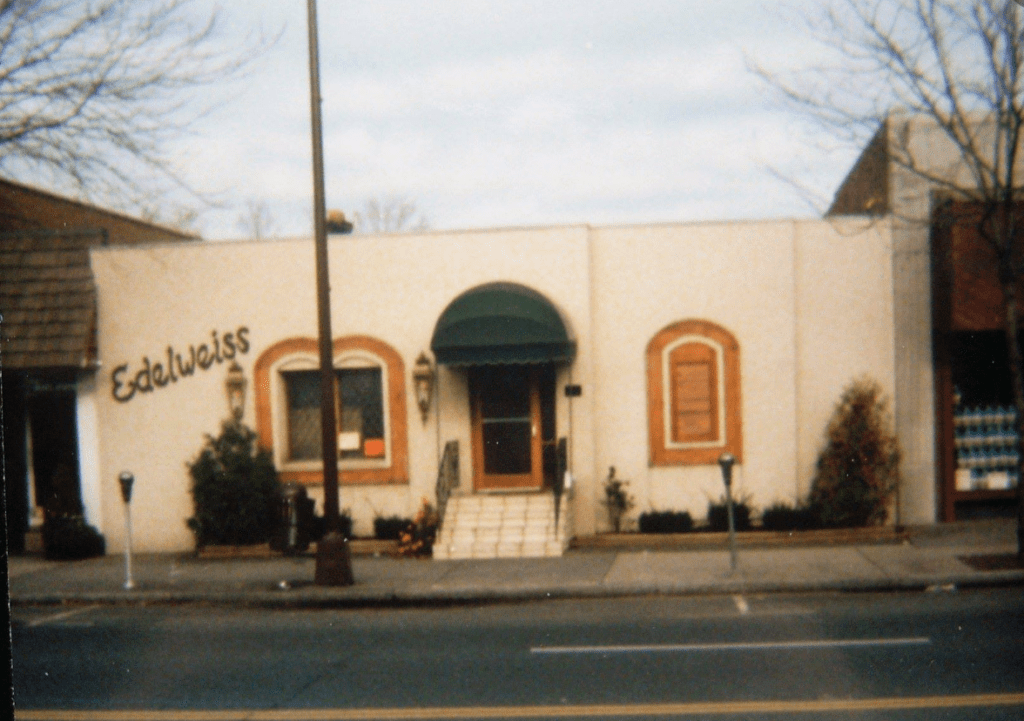
Edelweiss at 980 Farmington Avenue in the 1980s. Courtesy photo
In 1998, Helmut announced the closing of Edelweiss. On June 28, 1998, a free buffet was offered as a thank-you to customers from 2 to 8 pm. The Courant noted that he was “taking time off before crystallizing future plans.” As of just a year or two ago, he was a private caterer in West Hartford.
The Center was shifting during the late 1990s though and there were concerns on both sides that Edelweiss would either be replaced by another restaurant, which would add to the many restaurants already here, or it would be replaced by non-retail shops that were quickly moving into the area – hair salons, financial investment firms, and real estate companies.
Some would say that even in 2024, those trends can be felt. However, the restaurant legacy prevailed and Esaul Rodriguez bought the site in February 1999 to open Puerto Vallarta with his cousin Miguel, named after their hometown in Mexico. The location became popular and they opened other locations in Hartford County.
It closed in the mid-2000s and for a short time (from 2009 to 2010), it was Cocoa Kitchen & Bar. That year, the current restaurant was set to open – Treva – opened by chef Dorjan Puka, an Albanian native and former Max Group executive chef. Treva, which is part of DORO Restaurant Group, weathered the worst of COVID and has been at 980 Farmington Avenue for almost 15 years.
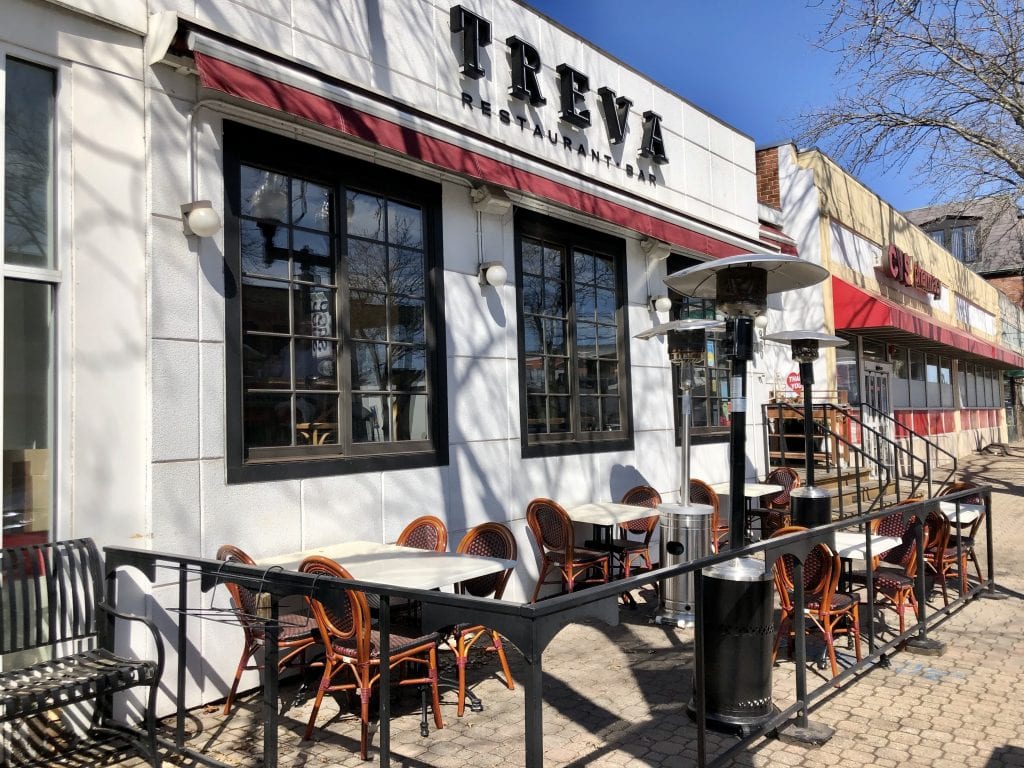
Treva, 980 Farmington Avenue. Photo credit: Ronni Newton (we-ha.com file photo)
Jeff Murray was born and raised in West Hartford and has been involved with the Noah Webster House & West Hartford Historical Society since 2011 when he was a high school student and won the Meyer Prize for his essay on local history. Jeff routinely volunteers as local history researcher uncovering information for numerous museum programs such as the West Hartford House Tour and West Hartford Hauntings. Jeff works as a data analyst at Pratt & Whitney.
Like what you see here? Click here to subscribe to We-Ha’s newsletter so you’ll always be in the know about what’s happening in West Hartford! Click the blue button below to become a supporter of We-Ha.com and our efforts to continue producing quality journalism.


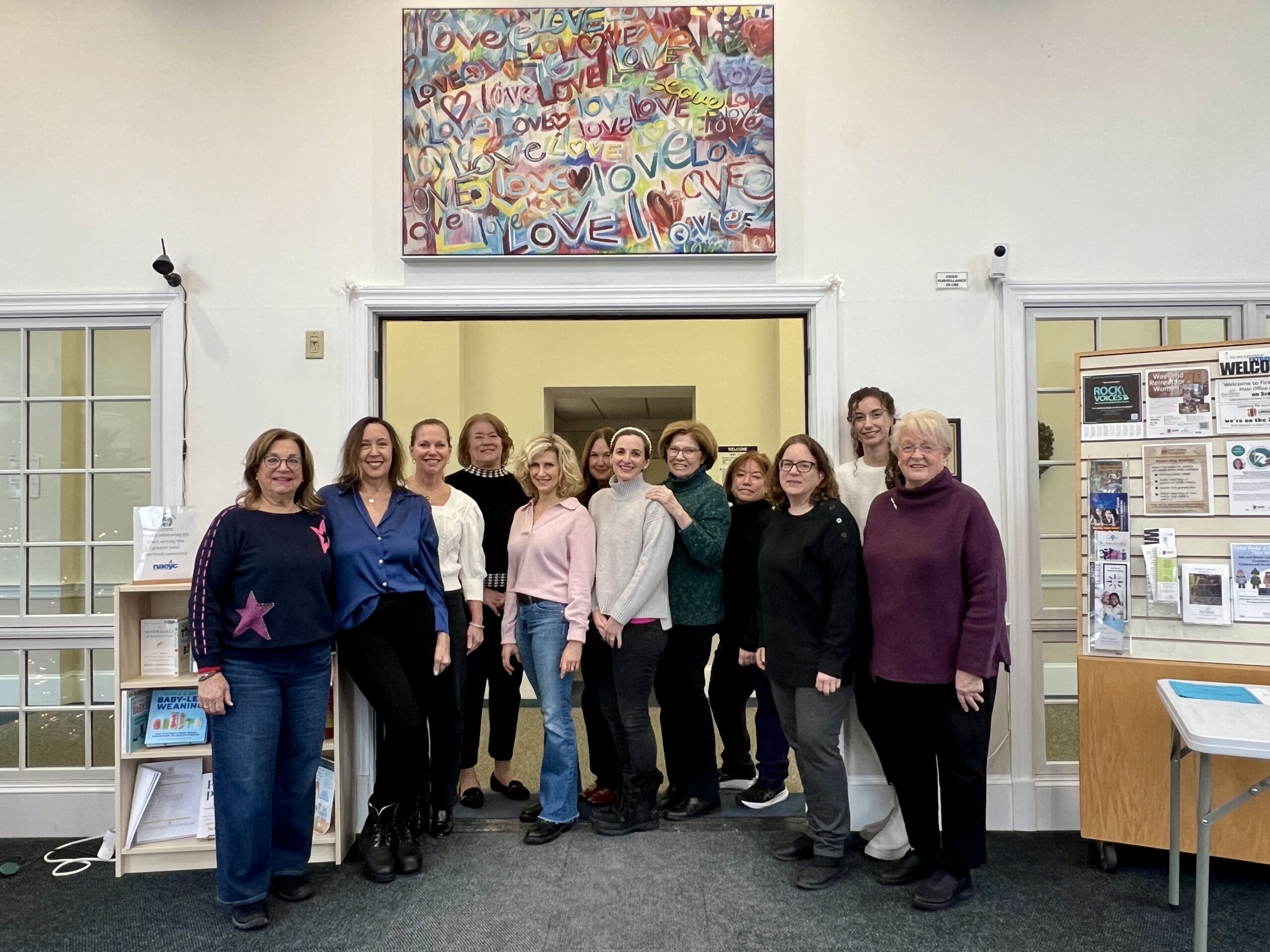
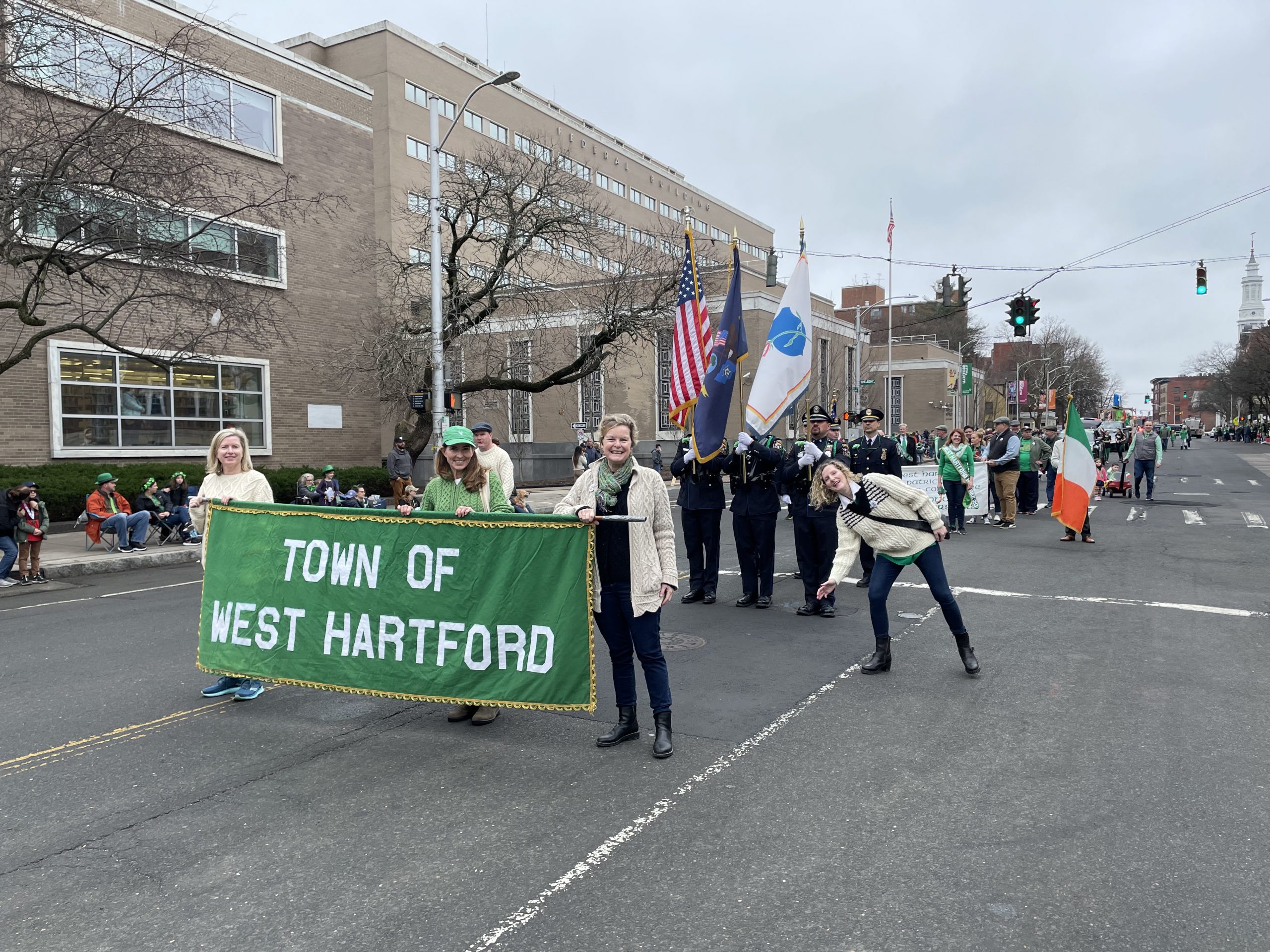
very interesting bit of history. My father was a chef at Manga Reva Restaurant at 904 Farmington Ave, and also may have worked at Edelweiss for a time. Curious as to the history of Manga Reva.